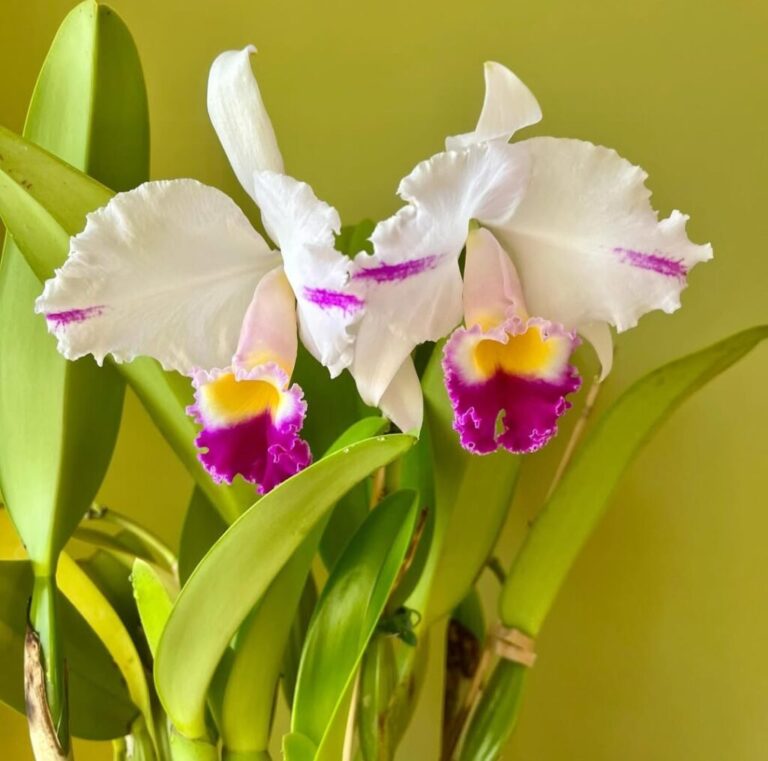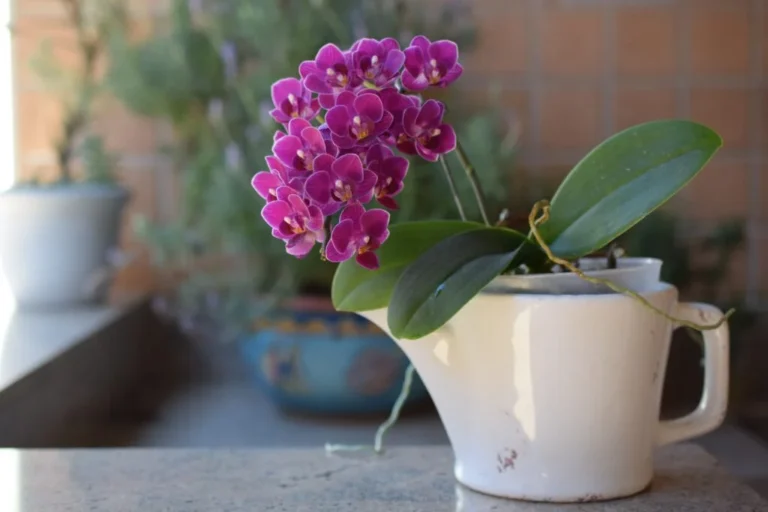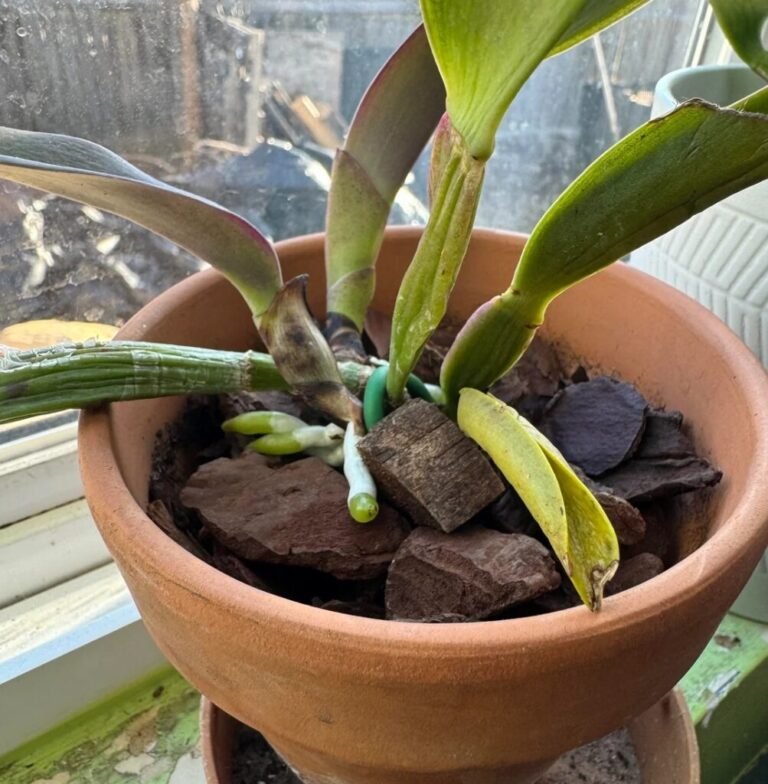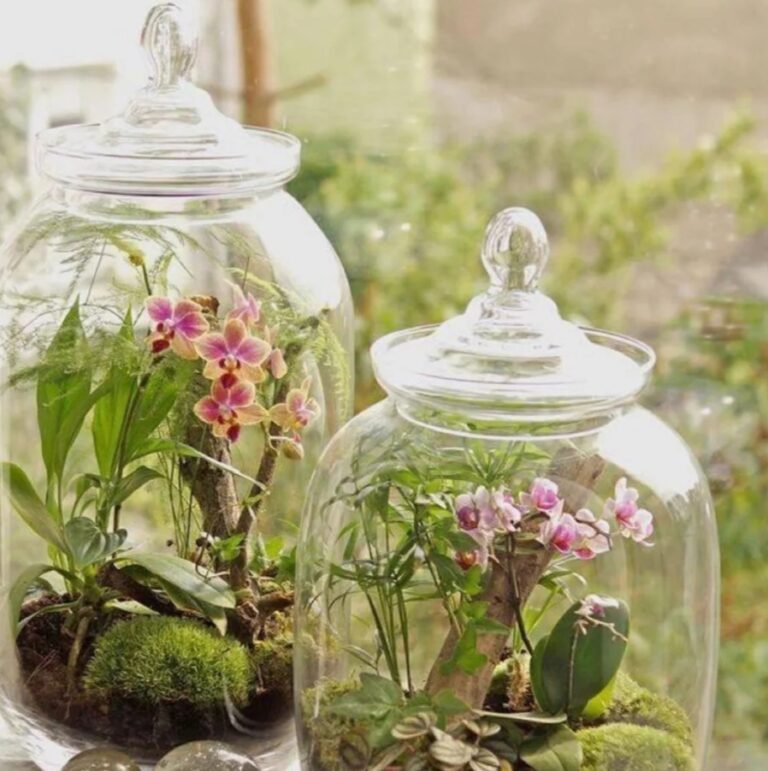There’s something truly magical about the Hydrangea Blue Color. Those lush, cloud-like blooms in shades of deep ocean blue or soft sky tones can turn any patio or balcony into a serene paradise. But if you’ve ever tried growing hydrangeas in pots and ended up with pink or purple flowers instead of blue, you’re not alone! The secret to unlocking that dreamy blue hue lies in a few simple, expert-approved techniques.
Unlike other flowers, hydrangeas don’t just bloom blue on their own. Their color is shaped by the soil they grow in, the pH levels, and even the nutrients they absorb. The good news? With the right approach, even beginners can master the art of growing stunning blue hydrangeas in pots. Whether you’re working with a small outdoor space or just want to control your plant’s environment, potted hydrangeas give you the flexibility to fine-tune their growing conditions.
the Hydrangea Blue Color you’ve always wanted. From selecting the perfect soil mix to adjusting acidity levels and providing the right care, you’ll learn exactly how to keep your hydrangeas thriving in pots. Get ready to turn your space into a breathtaking display of blue blossoms—let’s dive in!
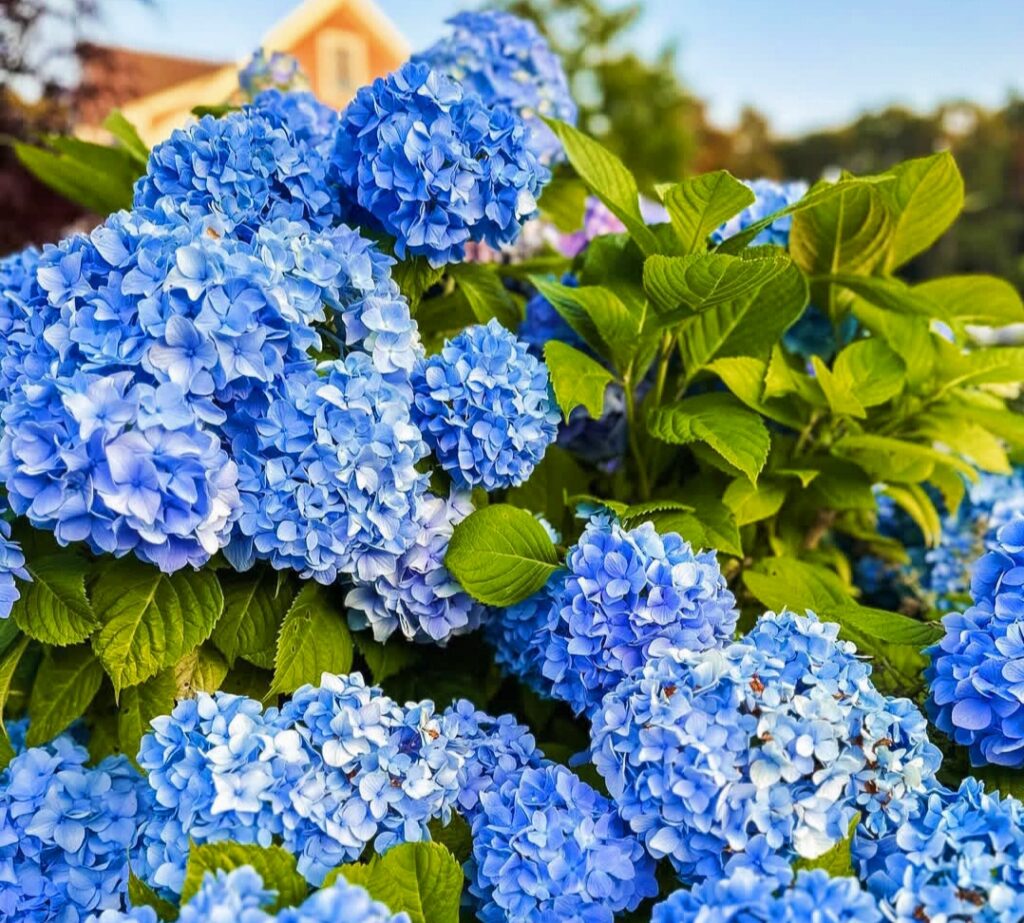
- 1 Blue Hydrangea
- 2 Choose the Right Hydrangea Variety
- 3 Select a Large Pot with Good Drainage
- 4 Use Acidic Soil for Blue Blooms
- 5 Water Consistently to Keep Soil Moist
- 6 Apply Aluminum Sulfate for Deep Blue Blooms
- 7 Use the Right Fertilizer for Blue Colour
- 8 Provide Partial Shade for Healthy Growth
- 9 Prune at the Right Time
- 10 Protect from Cold Weather
- 11 Repot Every 2-3 Years
- 12 FAQs
Blue Hydrangea
| Feature | Details |
|---|---|
| Common Name | Blue Hydrangea |
| Scientific Name | Hydrangea macrophylla |
| Plant Type | Deciduous Shrub |
| Sunlight | Partial Shade to Full Sun |
| Water Needs | Moist, Well-Drained Soil |
| Soil pH for Blue Color | 5.0 – 5.5 (Acidic) |
| Fertilization | High in Aluminum Sulfate |
| Bloom Time | Spring to Late Summer |
Choose the Right Hydrangea Variety
Not all hydrangeas can turn blue, so selecting the correct variety is crucial. The best choices for blue flowers are Hydrangea macrophylla (Bigleaf Hydrangea) and Endless Summer Hydrangea. These varieties have the unique ability to change color depending on soil pH, unlike other hydrangeas that remain pink, white, or green. If you plant a variety that does not react to soil acidity, your efforts to turn it blue will not work.
Tip: ☘️Avoid white hydrangeas or panicle varieties, as they do not change color regardless of soil conditions.
Select a Large Pot with Good Drainage
Hydrangeas require enough space for their roots to grow and spread. Using a pot that is at least 12-16 inches wide ensures that the plant has ample room to develop a strong root system. Additionally, a pot with drainage holes is essential to prevent water from sitting at the bottom, which can cause root rot. Without proper drainage, excess moisture can weaken the plant and lead to fungal diseases.
Tip: ☘️Ceramic and plastic pots retain moisture better than terracotta pots, which dry out quickly.
Use Acidic Soil for Blue Blooms
The pH of the soil greatly affects the colour of hydrangea blossoms. To maintain a deep blue color, the soil must be acidic, with a pH level between 5.0 and 5.5. You can achieve this by using an acidic potting mix or by mixing peat moss, pine bark, and compost into the soil. If the pH is too high, the flowers will turn purple or pink instead of blue.
Test: ☘️Use a pH meter or soil test kit to ensure the soil stays within the ideal range.
Water Consistently to Keep Soil Moist
Hydrangeas are moisture-loving plants, and when grown in pots, they require consistent watering to prevent the soil from drying out. Ideally, you should water them 2-3 times per week, especially during hot weather. However, overwatering can be just as harmful as underwatering, leading to root rot. The key is to keep the soil evenly moist but not soggy, ensuring the roots get enough hydration without suffocating.
Tip: ☘️Water your hydrangea in the morning to prevent fungal diseases and allow the soil to dry slightly before nightfall.
Apply Aluminum Sulfate for Deep Blue Blooms
For a rich, intense blue color, hydrangeas need aluminum sulfate, which increases soil acidity and enhances blue pigmentation. Dissolve 1 tablespoon of aluminum sulfate per gallon of water and apply it to the soil every 2-4 weeks during the growing season. This will help maintain the correct pH level and encourage consistent blue coloring in the flowers. However, be careful not to overuse aluminum sulfate, as too much can be toxic to the plant.
Warning:☘️ Excess aluminum can weaken the plant, so always follow recommended dosages when applying treatments.
Use the Right Fertilizer for Blue Colour
Fertilization plays a crucial role in keeping hydrangeas healthy while also influencing flower color. A low-phosphorus, high-potassium fertilizer is best for maintaining blue blooms. Look for a formula such as 10-5-10 or use a fertilizer specifically designed for acid-loving plants, like Miracle-Gro for Azaleas and Rhododendrons. Phosphorus hinders aluminum absorption, which can cause the flowers to shift toward pink rather than blue.
Tip: ☘️Avoid using bone meal, as it raises soil pH and interferes with blue coloration.
Provide Partial Shade for Healthy Growth
Hydrangeas prefer a balance of sunlight and shade. The ideal spot for potted hydrangeas is an area with morning sun and afternoon shade, as too much direct sunlight can scorch the leaves, while too much shade can reduce blooming. If you live in a hot climate, make sure to place the pot where it receives at least 4-6 hours of indirect sunlight daily for optimal growth and flowering.
Tip: ☘️If growing hydrangeas indoors, position them near a bright window with filtered light to prevent weak or leggy growth.
Hydrangea Care Timetable
| Care Task | Frequency |
|---|---|
| Watering | 2-3 times per week |
| Fertilizing | Every 4-6 weeks |
| Aluminum Sulfate | Every 2-4 weeks |
| Pruning | Late summer/early fall |
| Repotting | Every 2-3 years |
Prune at the Right Time
Pruning at the right time ensures healthy new growth and abundant flowers. For Hydrangea macrophylla, pruning should be done after flowering, typically in late summer or early fall. Since these plants bloom on old wood, cutting them back too early in the season can remove the flower buds for the next year. Instead, focus on removing dead or weak stems while keeping strong, healthy ones intact.
Tip: ☘️If you’re unsure whether a stem is alive, lightly scratch the bark—if it’s green underneath, it’s still growing.
Protect from Cold Weather
Hydrangeas in pots are more vulnerable to cold than those planted in the ground. In winter, move potted hydrangeas to a sheltered location, such as a garage or enclosed patio, to protect them from freezing temperatures. If leaving them outside, wrap the pot with burlap or bubble wrap to insulate the roots from extreme cold. Proper winter care ensures the plant remains healthy and blooms again in spring.
Tip: ☘️Adding a layer of mulch around the base helps insulate roots and retain moisture.
Repot Every 2-3 Years
As hydrangeas grow, their root system expands, eventually outgrowing the pot. Repotting every 2-3 years allows the plant to access fresh nutrients and prevents root binding. Choose a slightly larger container with fresh, well-draining acidic soil to maintain its health. If the plant is getting too large, consider pruning both the roots and foliage to keep it at a manageable size while maintaining its shape.
Tip: ☘️When repotting, trim away any dead or overly long roots to encourage healthier growth.
Growing blue hydrangeas in pots is both rewarding and simple when you understand their needs. By maintaining acidic soil, providing adequate water, and applying the right fertilizer, you can enjoy stunning blue blooms throughout the season. If you’re interested in learning more about hydrangea propagation or fixing common hydrangea problems,
FAQs
How can I achieve the perfect Hydrangea Blue Color in pots?
To get the ideal Hydrangea Blue Color, adjust the soil pH to 5.2–5.5 using aluminum sulfate and organic matter like peat moss.
What soil is best for maintaining Hydrangea Blue Color?
Acidic soil with a pH between 5.2 and 5.5 is essential for maintaining Hydrangea Blue Color. Adding sulfur or coffee grounds can help lower the pH
Does aluminum sulfate help in achieving Hydrangea Blue Color?
Yes, aluminum sulfate is crucial for Hydrangea Blue Color because aluminum ions react with the pigments in the flower, turning them blue.
Can I grow Hydrangea Blue Color in any pot?
Yes, but choose a pot with good drainage and at least 12 inches in diameter to support healthy root growth and Hydrangea Blue Color.
What fertilizer helps enhance Hydrangea Blue Color?
Use a fertilizer low in phosphorus and high in potassium, like 25-5-30, to encourage deep Hydrangea Blue Color.
Can sunlight affect Hydrangea Blue Color in pots?
Yes, hydrangeas need partial sun. Too much sun can fade the Hydrangea Blue Color, while too little can reduce blooming.
Will changing soil pH alter my Hydrangea Blue Color?
Absolutely! If the soil pH rises above 6.0, Hydrangea Blue Color will shift to purple or pink. Keeping the pH low ensures blue blooms.
Can I use vinegar to maintain Hydrangea Blue Color?
Yes, adding diluted vinegar to the soil can help maintain the acidic conditions needed for Hydrangea Blue Color.
Why is my Hydrangea Blue Color fading to purple?
This happens due to increased soil alkalinity. Regularly test and adjust soil pH to keep Hydrangea Blue Color vibrant.
Is rainwater better for Hydrangea Blue Color than tap water?
Yes, rainwater is naturally acidic, which helps maintain Hydrangea Blue Color. Tap water with high lime content can raise pH levels.
How do I winterize potted Hydrangea Blue Color plants?
Move the pot to a sheltered location, mulch around the base, and reduce watering to protect Hydrangea Blue Color during winter.
Can I propagate Hydrangea Blue Color in pots?
Yes! Take softwood cuttings in spring or summer and plant them in acidic soil to maintain Hydrangea Blue Color.
Does pruning affect Hydrangea Blue Color?
Pruning at the wrong time can reduce blooming. Always prune after flowering to preserve Hydrangea Blue Color for the next season.
What are the best companion plants for Hydrangea Blue Color in pots?
Ferns, hostas, and impatiens thrive alongside Hydrangea Blue Color, enhancing their beauty while sharing similar soil needs.





